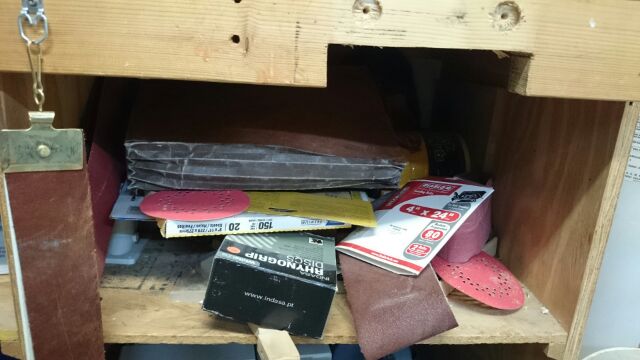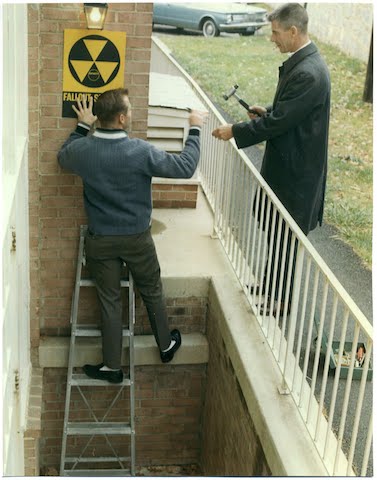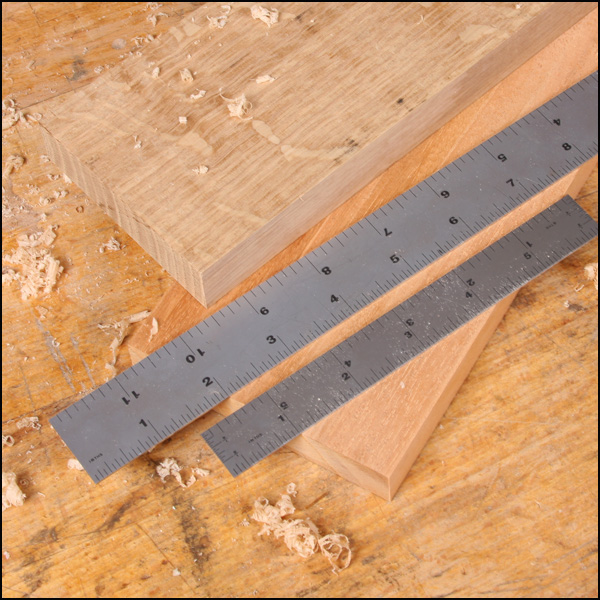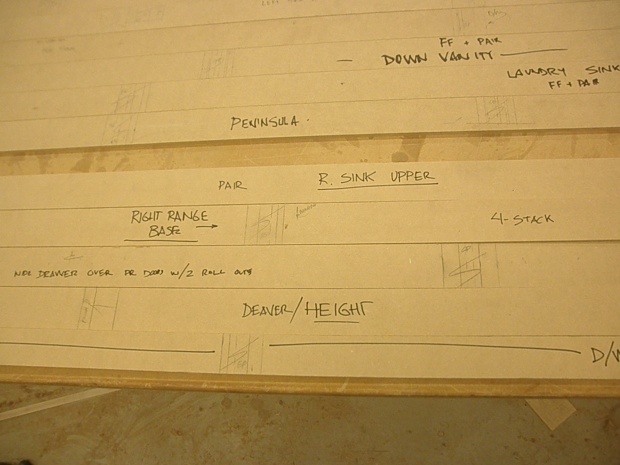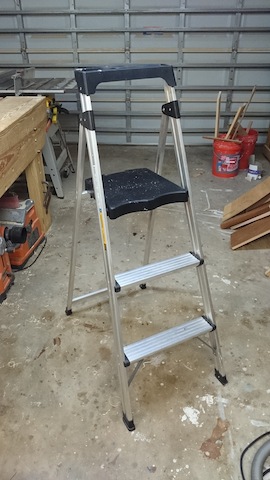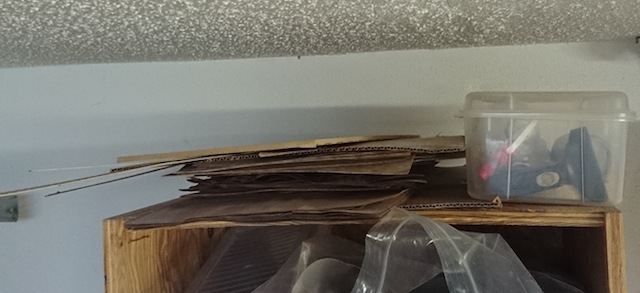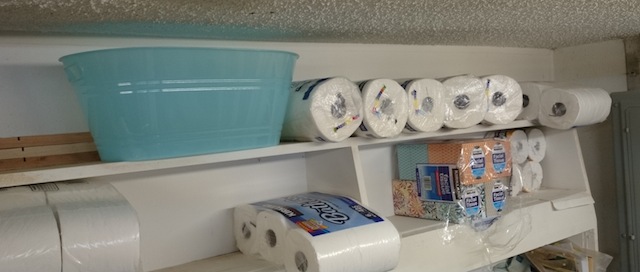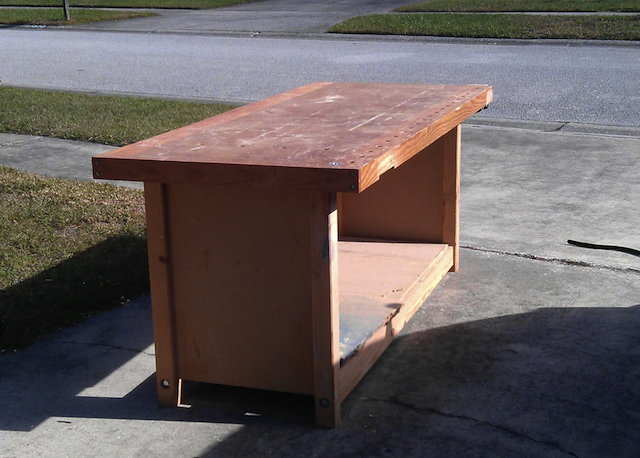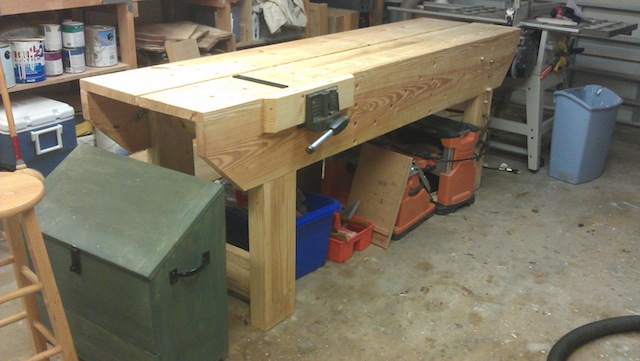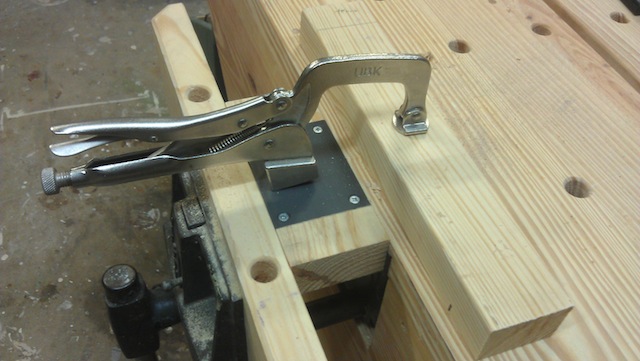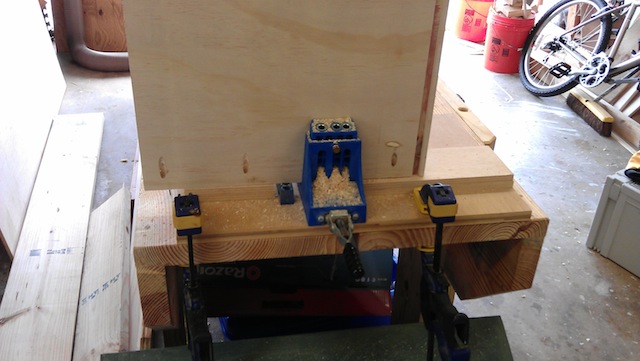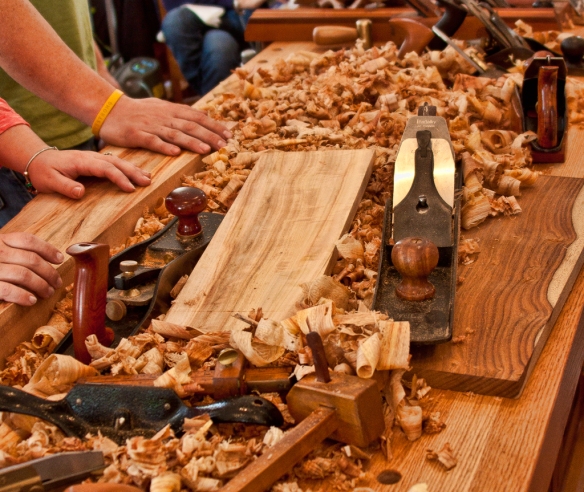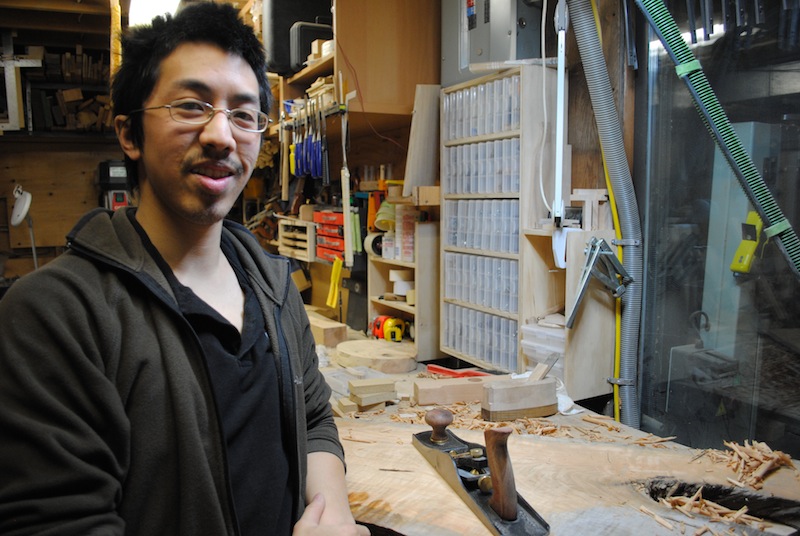OK, so you start working on a project. You either buy, find or draw up your plans. You source your wood. You think carefully about how you are going to make your cuts. You think about what tools you are going to need, and if they need to be sharpened.
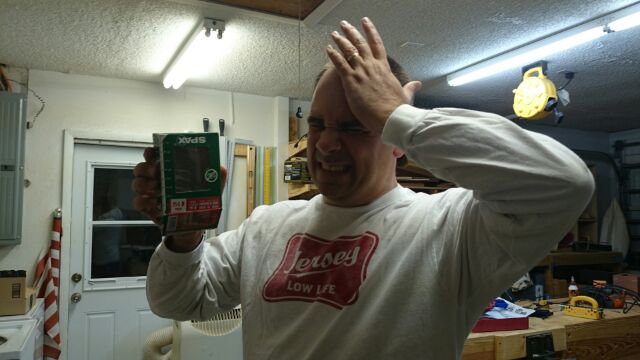
Yup, you are ready to build. Then, you get to that one point in your project where you reach for something small and seemingly insignificant – the glue bottle, a screw, a sheet of a particular grit of sandpaper – and BAM, it hits you like a 2 x 4 to the head – you are out!
Doesn’t that just drive you nuts?
Oh, it’s happened to me more times than I care to admit. And, every time it happens, I have to stop everything and shoot off to the store to grab what I need. For me, it’s pretty convenient, because I have one each of the competing home improvement centers less than a mile from my home and a few woodworking specialty stores about a 20-minute drive from the shop. But, for some of you guys and gals who live further away from the nearest retail outlet, I’m sure it has to be a momentum killer.
Even after all these years of woodworking, I still have yet to find a solution to this problem that works 100% of the time. For instance, to help keep me more organized, I have a special cubby where I store my sanders and the sandpaper that makes them effective. Years ago, I bought one of those accordion office paper organizers to hold the different grits of paper to keep them sorted out. The only problem is that I blindly take the sheets of sandpaper out of the organizer, then discover when I reach for the next one that – woah – I used the last sheet on the last project! Dagnabit…
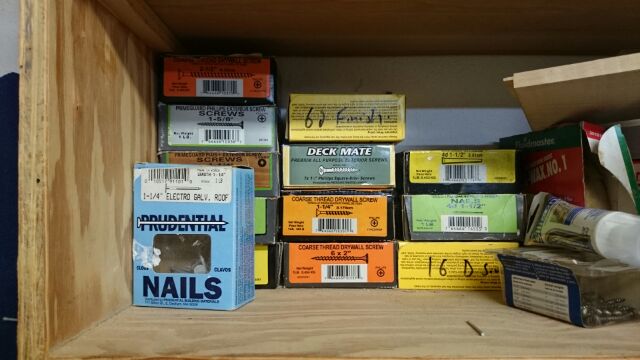
I keep my fasteners stacked in their original boxes on a shelf over my front bench. Now, over the years, I have had to buy my share of special fasteners for some specific tasks. (Roofing nails? Seriously?) Rather than throw them out, I just keep them tucked away on the shelf, just in case I ever need one. As you can imagine, this clutter prevents me from seeing – say – how may 1 1/4 inch specialty wood screws I have on hand for when I build a cabinetry project. Needless to say, I have found myself dashing out to the home center, project glued and in clamps, racing to get those screws home in time to reinforce the joints.
Finishing supplies? Glue? Faggetaboutit. The song remains the same.
I’m not sure what the answer is. I might need to reorganize the storage areas in my shop, disposing of what I don’t need and getting some more clear see-through containers to keep track of what I do. I could also go in on large lots of products that I use more frequently, but that would involve some foresight on my part.
Besides, it’s a lot more fun to buy wood for projects and new tools, isn’t it?

